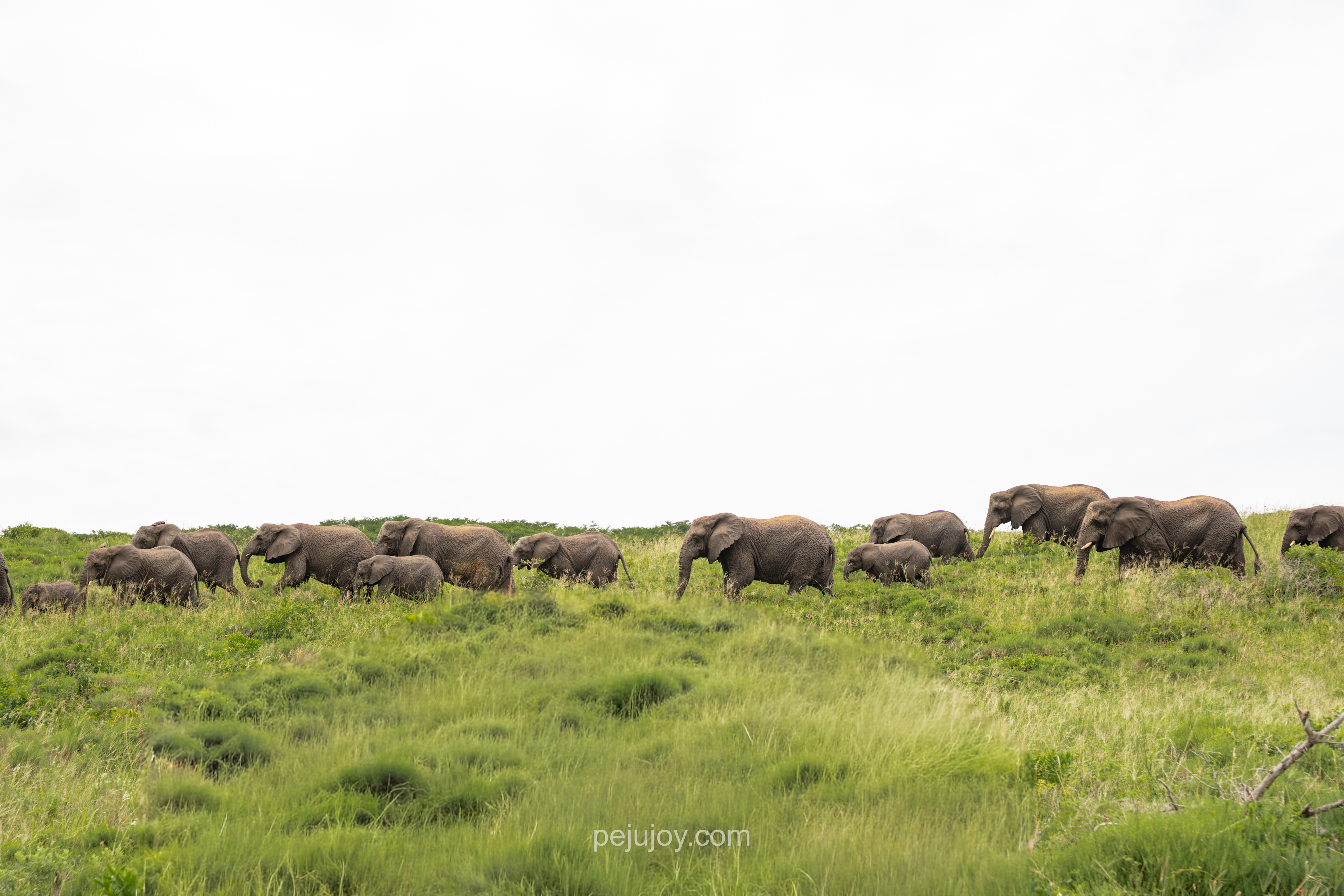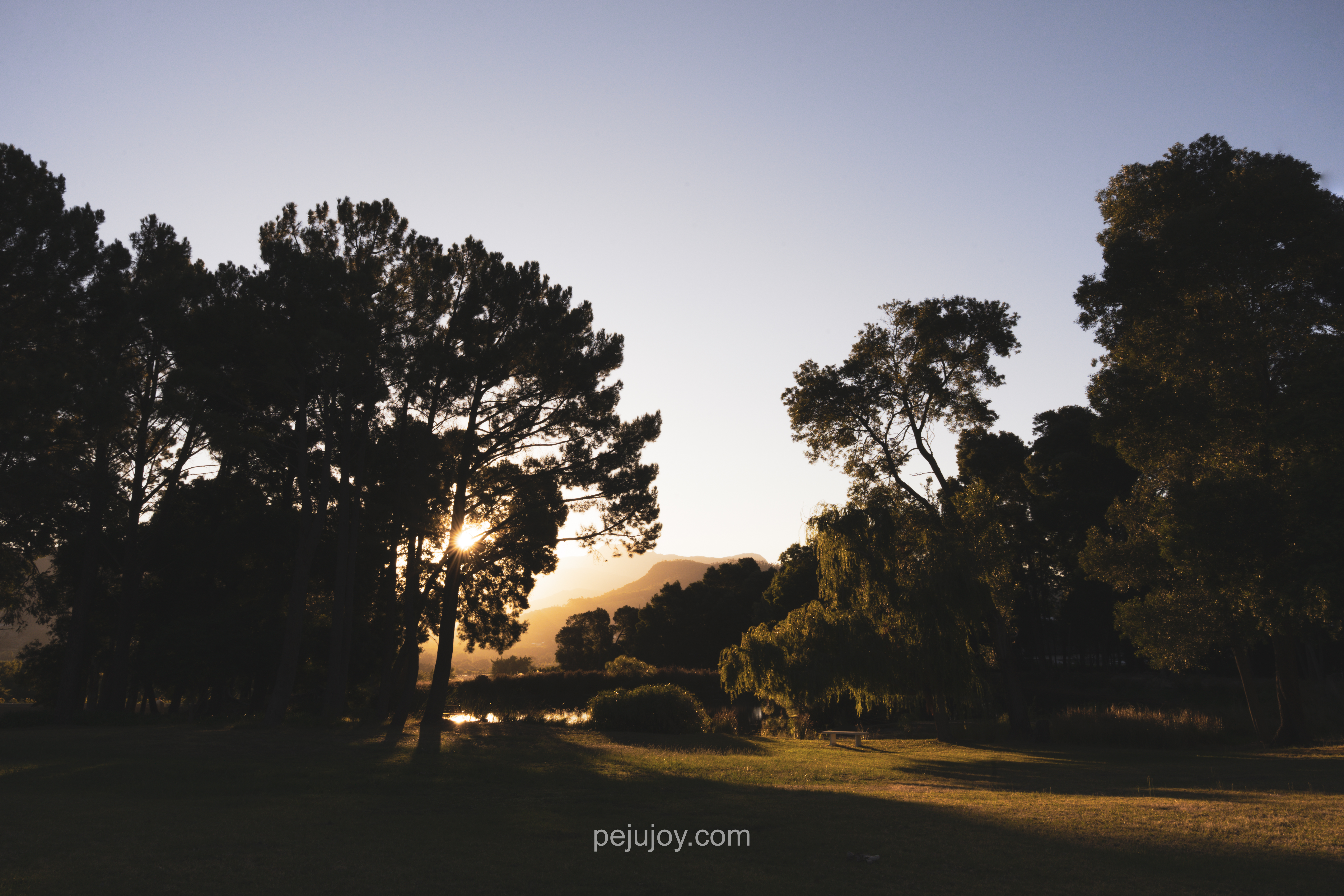
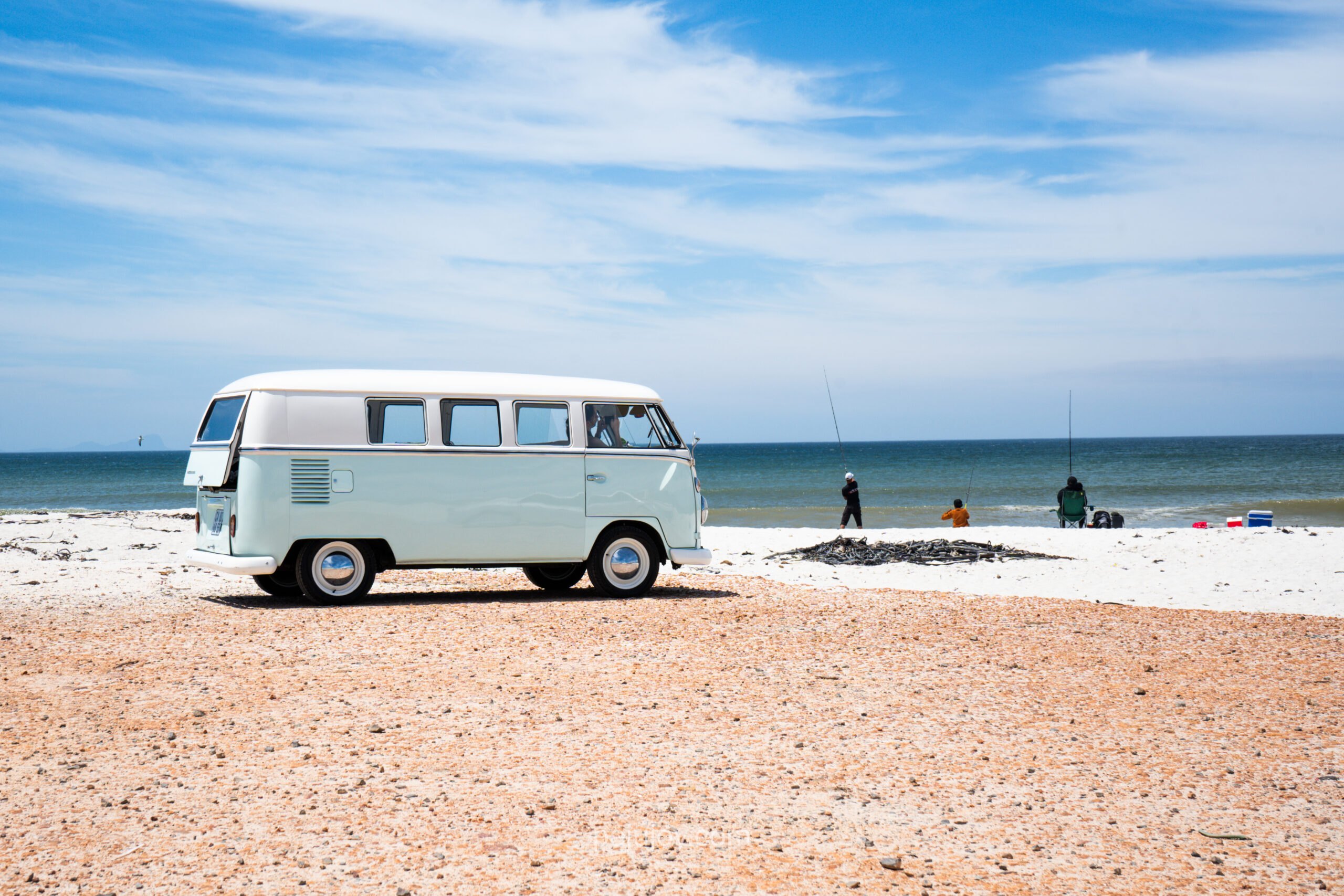
1 MONTH IN SOUTH AFRICA: ROAD TRIP ITINERARY FROM CAPE TOWN TO JOHANNESBURG
EXPLORE SOUTH AFRICA’S BEST REGIONS, FROM VINEYARDS AND COASTAL DRIVES TO MOUNTAINS & SAFARIS
- Last Updated: 15 October 2025
- Africa, Destinations, South Africa
I might not have said it enough, so let me repeat myself: South Africa is, without hesitation, my favorite country in Africa – after visiting sixteen of them at the time of writing this article. After spending two unforgettable weeks there during my first trip, I couldn’t get it out of my mind. Everything about South Africa felt magnetic. I kept replaying the scenery, the moments, and the warmth of the people.
For nearly a year, the idea of returning started to take shape. Routes were compared, my Pinterest boards filled up, and every single region was analysed. Vineyards, mountains, wildlife, city life, beaches… I wanted to experience it all. After several rounds of planning, I finally created the perfect route, one that captured everything I love about travel: beauty, adventure, and encounters. I saw landscapes I didn’t know existed, met people I’ll never forget, and lived moments that will stay with me forever.
Planning a road trip to South Africa is wild, as the options are endless. Yet, it is also one of the most rewarding experiences on Earth. This 1 month South Africa itinerary was born from a mix of obsession and admiration, and this article is here to help you plan your road trip.
Pro Tip: This road trip was done solo – just like my first time in South Africa. Travelling alone across such a diverse country might sound intimidating, but it was one of the most empowering experiences I’ve ever had. Roads felt safe, people were kind, and every stop reminded me why South Africa is a place I’ll keep coming back to, over and over again.
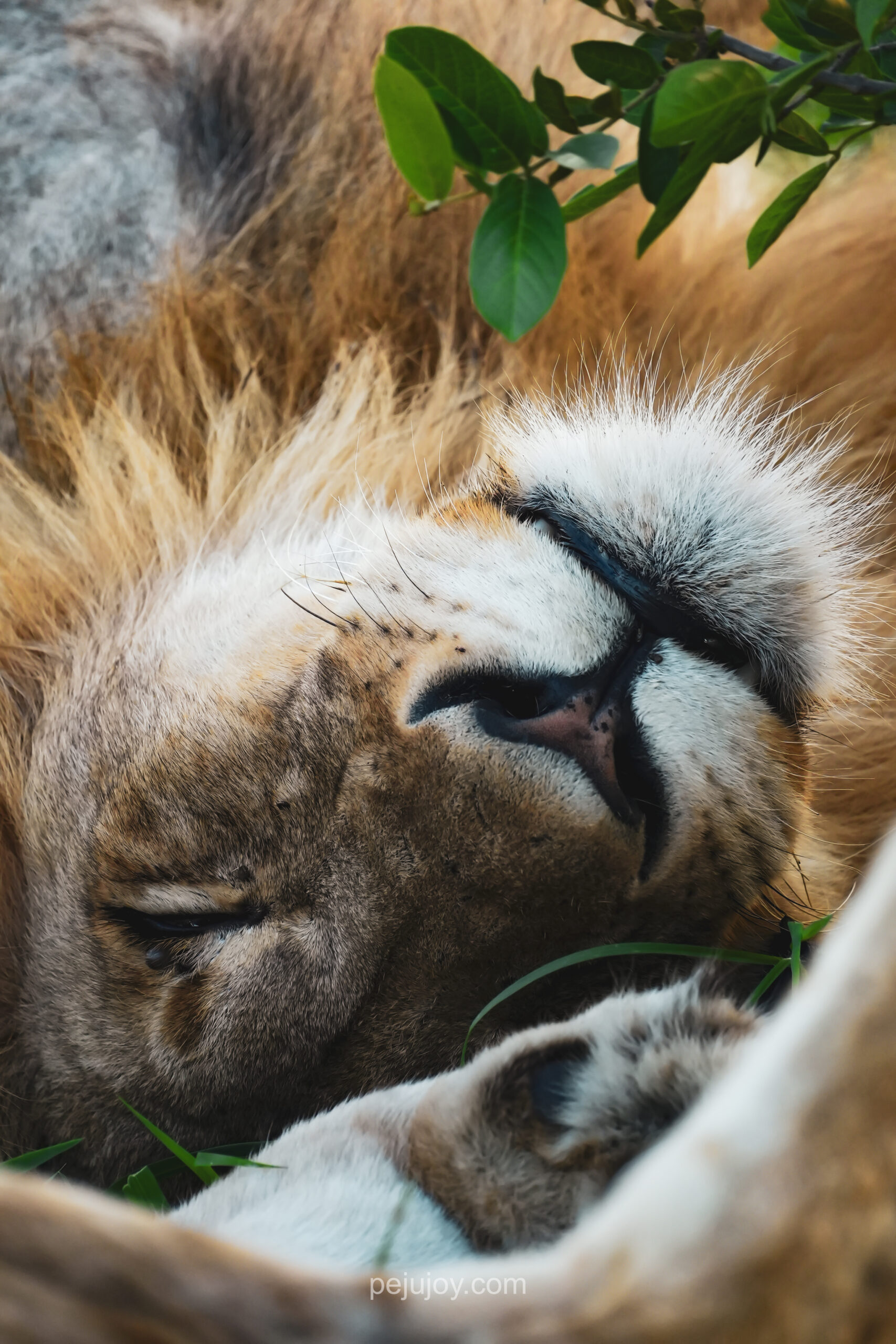
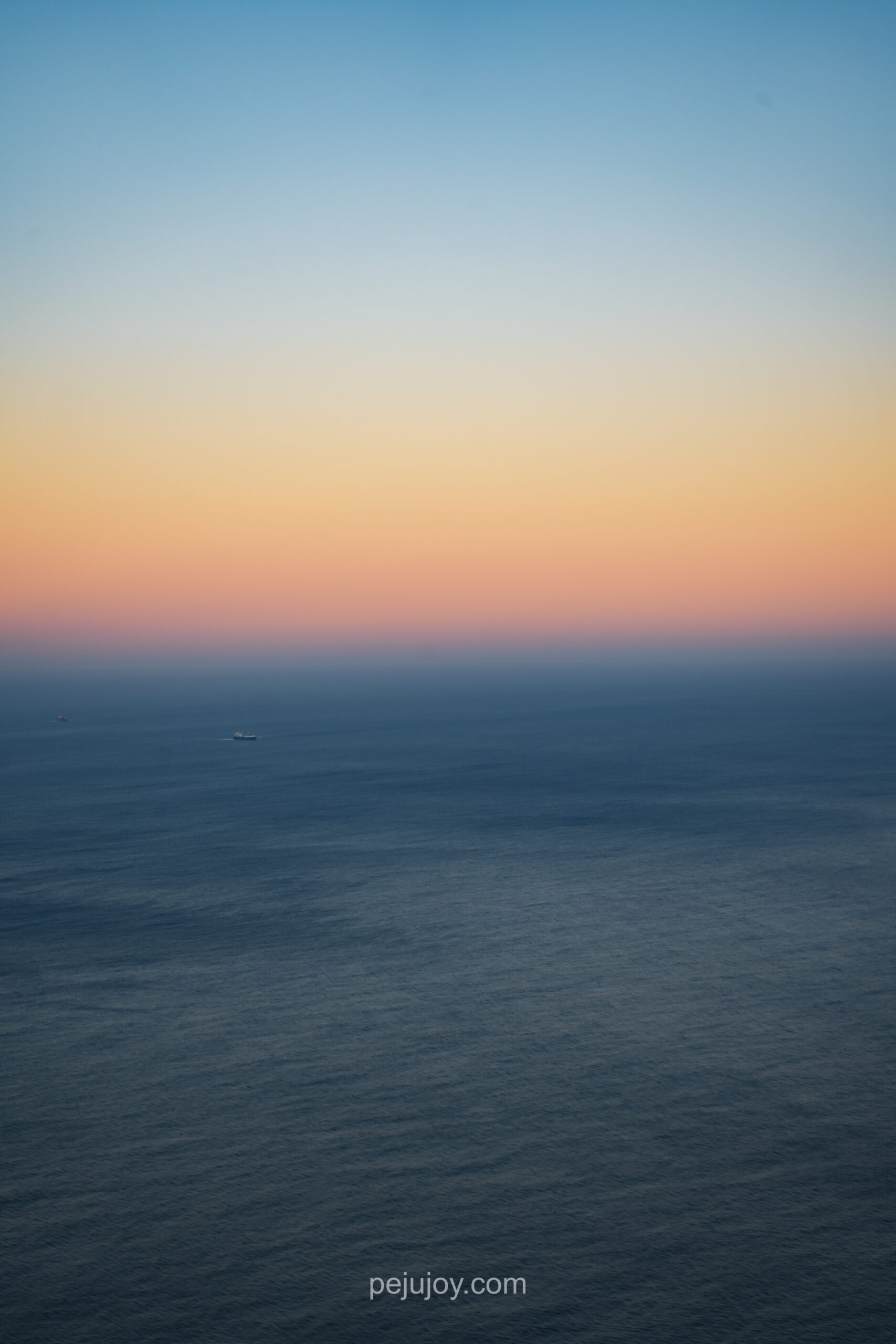
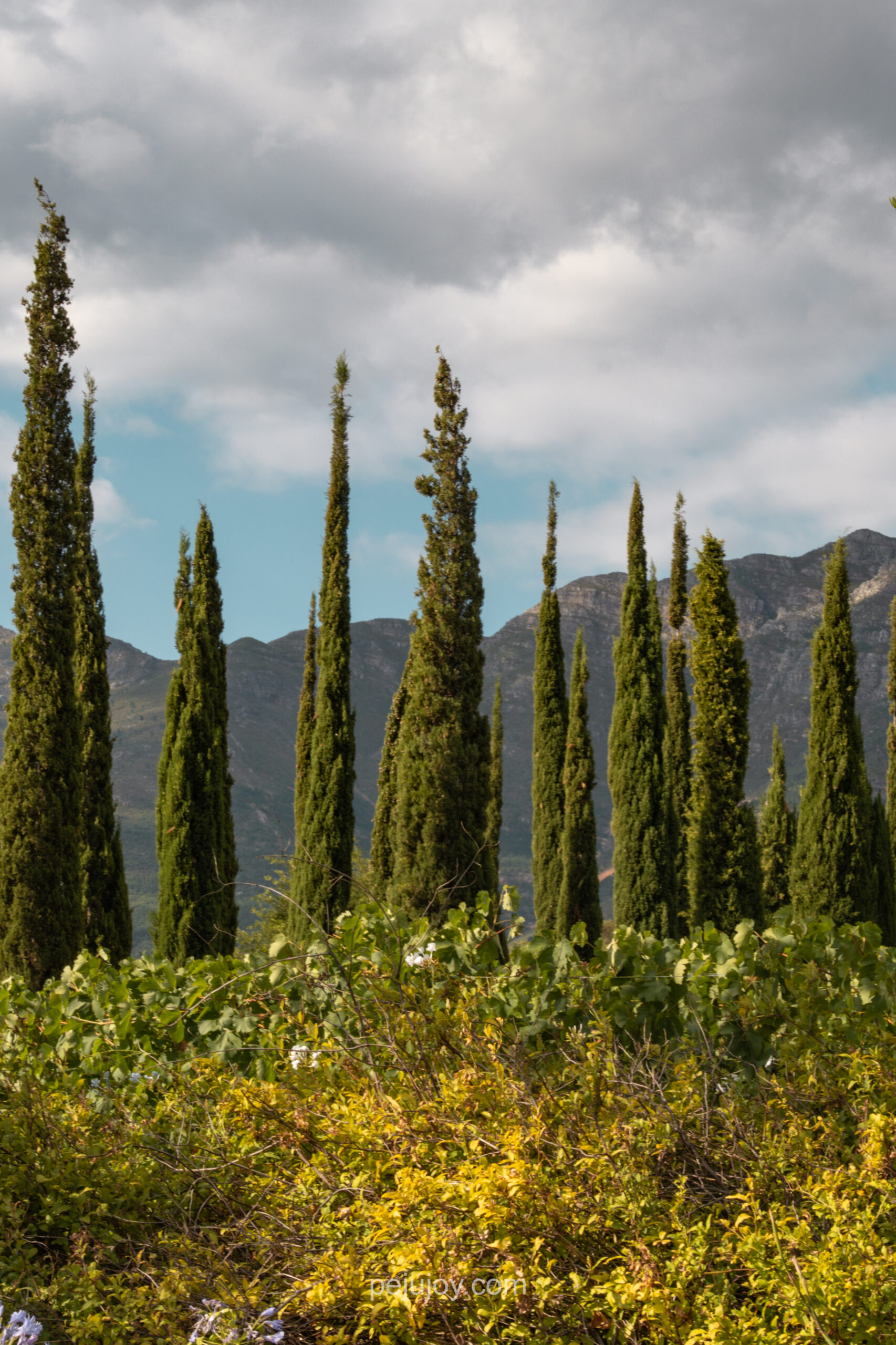
In This Guide:
HOW TO PLAN YOUR 1 MONTH ROADTRIP IN SOUTH AFRICA
BEST TIME TO VISIT SOUTH AFRICA
Overall, you can travel to South Africa all year long. However, when planning your trip, keep in mind that the seasons are reversed compared to Western Europe: July is the coldest month, and February the warmest. In general, the Western Cape tends to be hot and dry during the austral summer (from November to February), whereas rain is more common in KwaZulu-Natal and the Kruger area during that time. Therefore, you want to combine beach and safaris, the shoulder seasons – March to May and September to November usually offer the best balance of weather and prices.
I loved visiting South Africa in January and February, and I definitely recommend the austral summer months as the perfect time for this 1 month South Africa itinerary.
WHERE TO STAY DURING THE ROAD TRIP
South Africa has a wide range of accommodation options: from simple campsites and backpacker hostels to five-star hotels & lodges, and everything in between.
Throughout this 1 month South Africa itinerary, I included tips on where to stay. I stayed in lots of different places, always mixing charm and comfort – places that felt unique, authentic, and sometimes a little luxurious. Personally, I am not really into backpacking anymore (that phase is behind me!), and I’m not much of an Airbnb person either, so you will find mostly boutique hotels, lodges, and luxury stays in my recommendations.
HOW TO GET AROUND DURING YOUR 1 MONTH SOUTH AFRICA ROADTRIP
Without a doubt, the ultimate and best way to explore South Africa is by renting a car and driving through the country. This way, you have complete freedom to stop whenever you want and truly appreciate the landscapes. Fortunately, the roads are generally in great condition and distances are manageable, as long as you take your time and enjoy the ride.
Later in this 1 month South Africa itinerary, I’ll share detailed tips on how to get around by car.
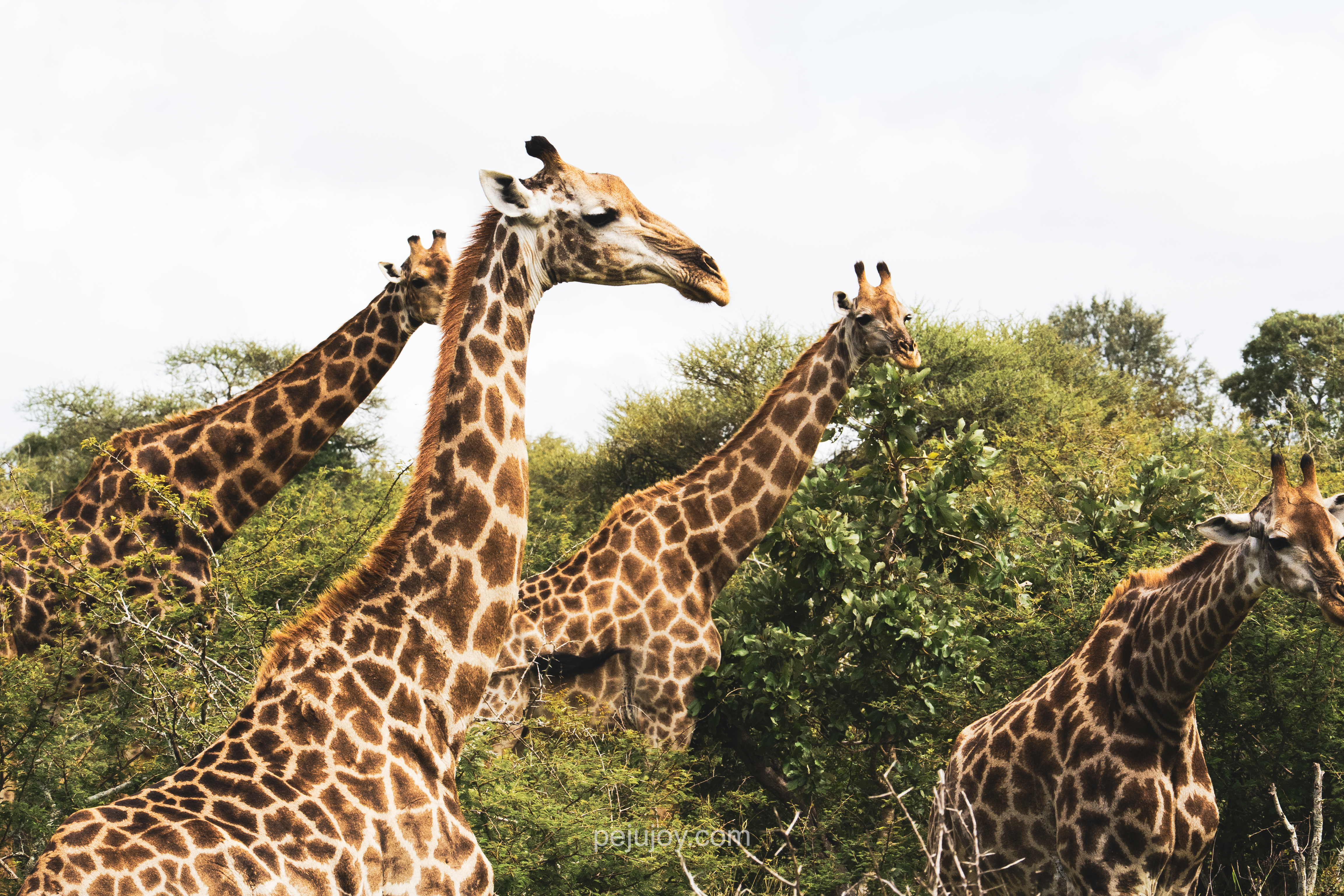
ITINERARY FOR A 1 MONTH ROADTRIP IN SOUTH AFRICA
The most popular road trip route in South Africa is considered to be from Cape Town to Johannesburg, or the opposite way around.
It is often unknown, but flying into Cape Town and out of Johannesburg (or vice versa) usually costs the same as a return ticket to either city. So, I recommend booking multi-city flights – it will save you the effort of returning to your arrival city, reduce travel time, and avoid the extra costs of a separate domestic flight.
Both directions work perfectly, but my favorite way to start my road trip in South Africa is with Cape Town. South Africa feels softer when discovered from the western coast first. I am always craving the Western Cape’s views, food, and friendly encounters. Then, I like to enjoy a mid-trip break in the bush, far from the city and almost out of network, before ending with Johannesburg’s culture and nightlife. This route just feels perfect to me – the order makes complete sense.
Pro Tip: Before deciding which way to go, compare accommodation prices for each stop, as some places can be significantly cheaper depending on your travel dates.
MAP OF SOUTH AFRICAN ROADTRIP
You will find my itinerary for this 1 month South Africa road trip on the map below. Depending on how much time is available to you, you can extend the route with extra stops, or shorten it by taking a few domestic flights.
For this trip, my focus was on the Western and Eastern Capes, KwaZulu-Natal, and Kruger regions. Because of that, I preferred to take domestic flights to connect these regions, rather than driving the whole distance. If you decide to drive instead, keep in mind that the distances are long and you will have to add a few extra days to your road trip itinerary.
Note: the number of nights presented for each leg of the road trip is the minimum I recommend for this particular 1 month South Africa itinerary. Feel free to adjust it as per your desires.
CAPE TOWN, THE MOTHER CITY – 5 NIGHTS
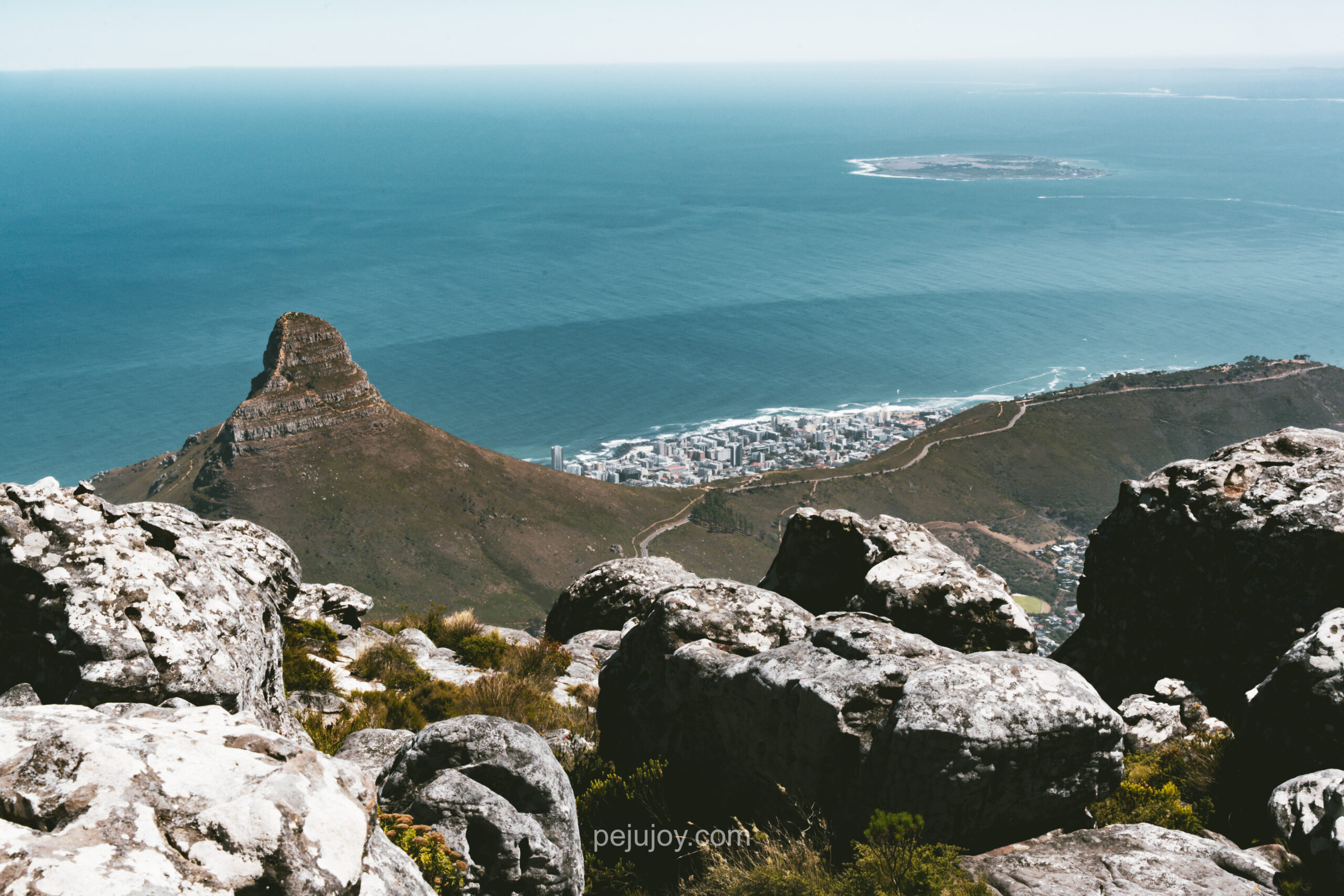
Cape Town, the “Mother City”, is without a doubt one of the most incredible cities I’ve ever been to. Surrounded by the ocean and endless coastlines, framed by dramatic mountains… Cape Town has an effortless kind of beauty – unpretentious, yet unforgettable. It’s a true melting pot of cultures, and the perfect way to start your South Africa road trip. You’ll fall in love within seconds. Every time I visit South Africa, I make sure to stay at least five or six days – and still, I’ve only scratched the surface. There’s just so much to do in this marvellous city.
♥ Why You’ll Love It
Cape Town’s all about views, food and adventure. You will find pristine beaches with seals and penguins, world-class hiking trails, incredible cuisine, and vibrant neighbourhoods like Bo-Kaap or Kloof Street. Cape Town is a choose-your-own-adventure kind of place: whether you’re into food, hiking, photography, or culture, you’ll find your thing here.
♦ How to Get Around
Having a car while visiting Cape Town is a huge advantage for day trips and spontaneous escapes from the city. Some of my favorite drives start right here: Chapman’s Peak, Cape Point, or the vineyards. That said, even when renting a car, I still use Uber within the city: it’s easy, safe, affordable, and allows you to enjoy a drink without worrying about driving.
♦ Where to Stay
My favorite neighbourhood in Cape Town is Camps Bay. It’s definitely not the cheapest, but you can enjoy some of the most beautiful views of Lion’s Head and, depending on where you stay, you can walk to the beach. Camps Bay also has amazing dining spots. Imagine dining with both mountain and ocean views – it feels unreal.
I stayed twice at Sea Star Rocks Boutique Hotel, and everything was perfect: location, views, service. A more affordable option in Camps Bay is Neighbourhood 1st Crescent, quite close to the beach and easier on the budget. Other great areas to consider are Kloof Street (for restaurants, nightlife, and shops), or Green Point (near the waterfront and markets).
Pro Tips:
-
Book accommodation early, especially during the austral summer (November to February). It is the best time to visit Cape Town, so accommodation choices can run low quite fast.
-
First Thursdays: if you are visiting Cape Town during the first week of the month, don’t miss First Thursdays – when art galleries, restaurants, and shops stay open late, running the city into an open-air street festival.
- Safety:
I find Cape Town pretty safe. Just avoid walking alone at night and in isolated areas, and don’t flash valuables
FRANSCHHOEK & THE CAPE WINELANDS – 2 NIGHTS

A visit to the Cape Winelands is the perfect way to continue your 1 month South Africa itinerary. The region is vast, but Franschhoek is my favorite base. This small town combines mountain views, art galleries, beautiful estates, and fine dining.
♥ Why You’ll Love It:
Just an hour from Cape Town, the scenery shifts completely: dramatic mountains, endless vineyards, and peaceful valleys where time slows down. Franschhoek is probably the prettiest town in the Winelands – walkable, full of good vibes, live music, and boutique shops. It’s the kind of peaceful break you need during a South Africa road trip.
I first visited on a South African friend’s recommendation and loved it so much that staying here again felt completely natural.
♦ How to Get Around
Having a car is essential to reach Franschhoek and explore the nearby estates – just don’t drive after wine tastings. Uber works well, and there’s even a local tuk-tuk service for short rides. If you want to visit multiple wineries stress-free, take the Franschhoek Wine Tram – an easy hop-on, hop-off experience that combines tastings, food pairings, and postcard views.
♦ Where to Stay
Franschhoek is full of incredible boutique hotels and guesthouses. My personal favorite stay is L’Auberge Chanteclair, surrounded by vineyards and mountain views. The chef is excellent, and the breakfasts are unforgettable.
Pro Tips:
-
Try to visit Franschhoek on the first Sunday of the month for a lovely market with handmade crafts, jewellery, and live music.
-
Drive from Cape Town along the False Bay coastal road – trust me, it’s a scenic route lined with white sand, and passing next to stunning beaches with crystal-clear water.
-
Book wine tastings and restaurants in advance – the best spots fill up quickly, especially on weekends.
-
Buy yourself a bottle or two from your favourite estate, you’ll thank me later.
THE GARDEN ROUTE – 7 NIGHTS
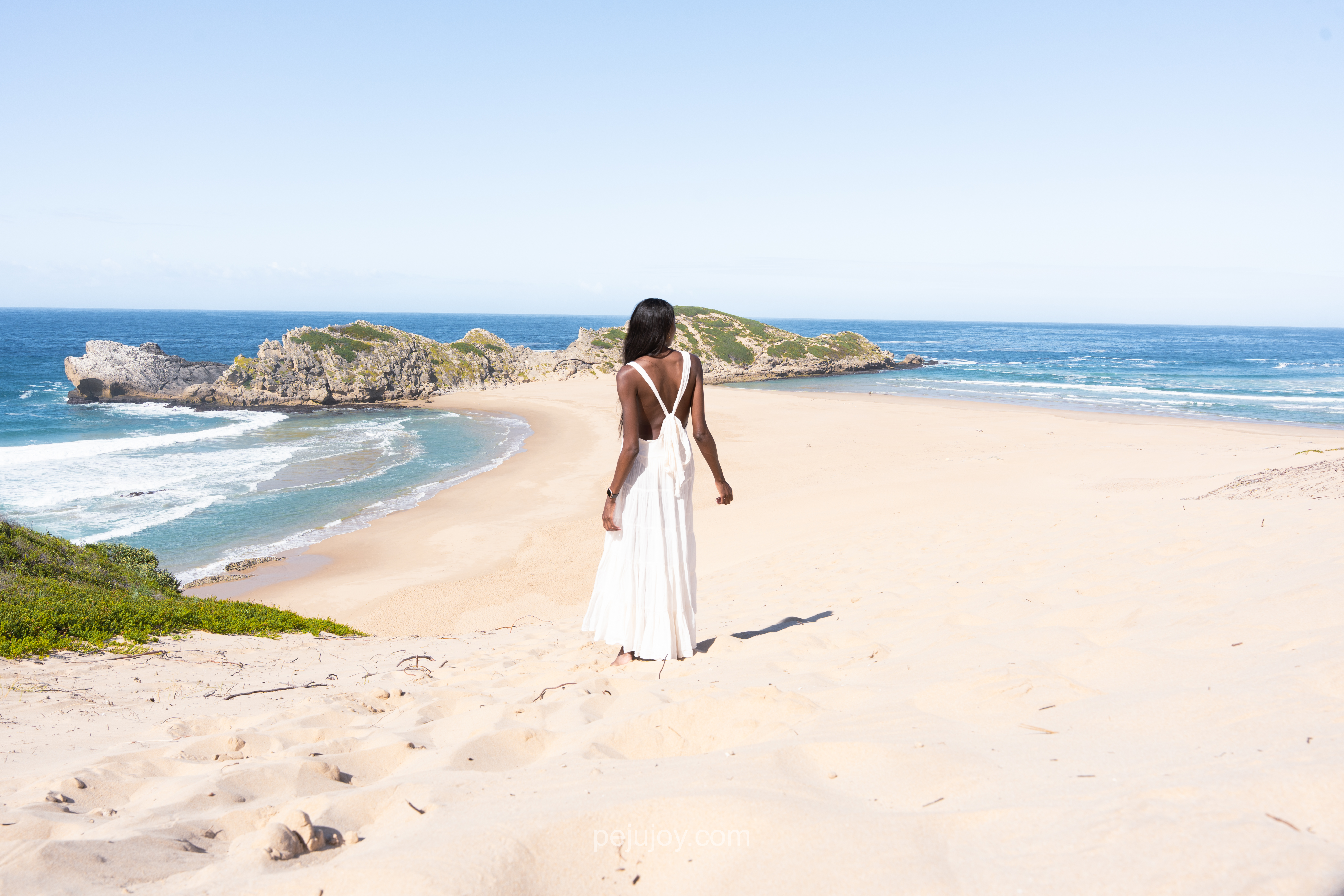
Stretching along the southern coast from Mossel Bay to Port Elizabeth, the Garden Route is often described as one of the most scenic drives in the world. Along the way, lush forests, turquoise lagoons, beaches and dramatic cliffs line this coastal road. If you start from Cape Town, Mossel Bay is around 5-6 hour drive, marking the real beginning of this iconic journey.
♥ Why You’ll Love It
This part of South Africa feels softer, greener, and calmer. It’s also incredibly diverse: you can hike through rainforests in the morning, spot dolphins by lunchtime, and end your day with oysters by the ocean. The pace naturally slows down here – it’s where your South Africa road trip feels like a true escape.
♦ Suggested Route
Deciding where to stop can be another challenge when planning your South African Roadtrip itinerary. Each town has its own personality, and you could easily spend weeks exploring them all. During my one-week stretch on the Garden Route, my itinerary was: Mossel Bay -> Wilderness -> Knysna -> Plettenberg Bay -> Greater Addo –> Port Elizabeth.
I am not a big fan of packing and unpacking every day, so I kept it simple: one night in Mossel Bay, then stops in Wilderness and Knysna on the way to Plettenberg Bay, where I stayed longer before continuing to Addo.
To be honest, the leg between Mossel Bay and Plettenberg Bay was my least favorite part of the Garden Route – and probably of my 1 month South Africa itinerary. It’s beautiful, yes, but I didn’t find the magic everybody talks about. The towns are lovely, but beyond the beaches and viewpoints, I didn’t find much that really stood out. When planning the road trip, I decided to stop at Mossel Bay first, as the drive between Cape Town and Plett felt like forever. If I had to do it again, I’d skip Mossel Bay and go directly to Plett.
On the other hand, I absolutely loved the stretch between Plettenberg Bay and Greater Addo then Port Elizabeth.
♦ Where to Stay
It’s best to base yourself in the larger towns along the Garden route – Wilderness, Knysna, Plettenberg Bay, Addo – then explore from there. That way, you spend less time unpacking and more time enjoying the coast. Each offers something different: Wilderness for lakes and peaceful mornings. Knysna for the lagoon and cosy cafés. Plettenberg Bay for beaches and a bit of luxury. Addo for wildlife and wide-open spaces.
Pro Tips:
Drive slowly – there are speed cameras along the way.
Plan for flexibility; the joy of the Garden Route is in stopping wherever catches your eye.
DURBAN & THE DRAKENSBERG MOUNTAINS – 2 NIGHTS
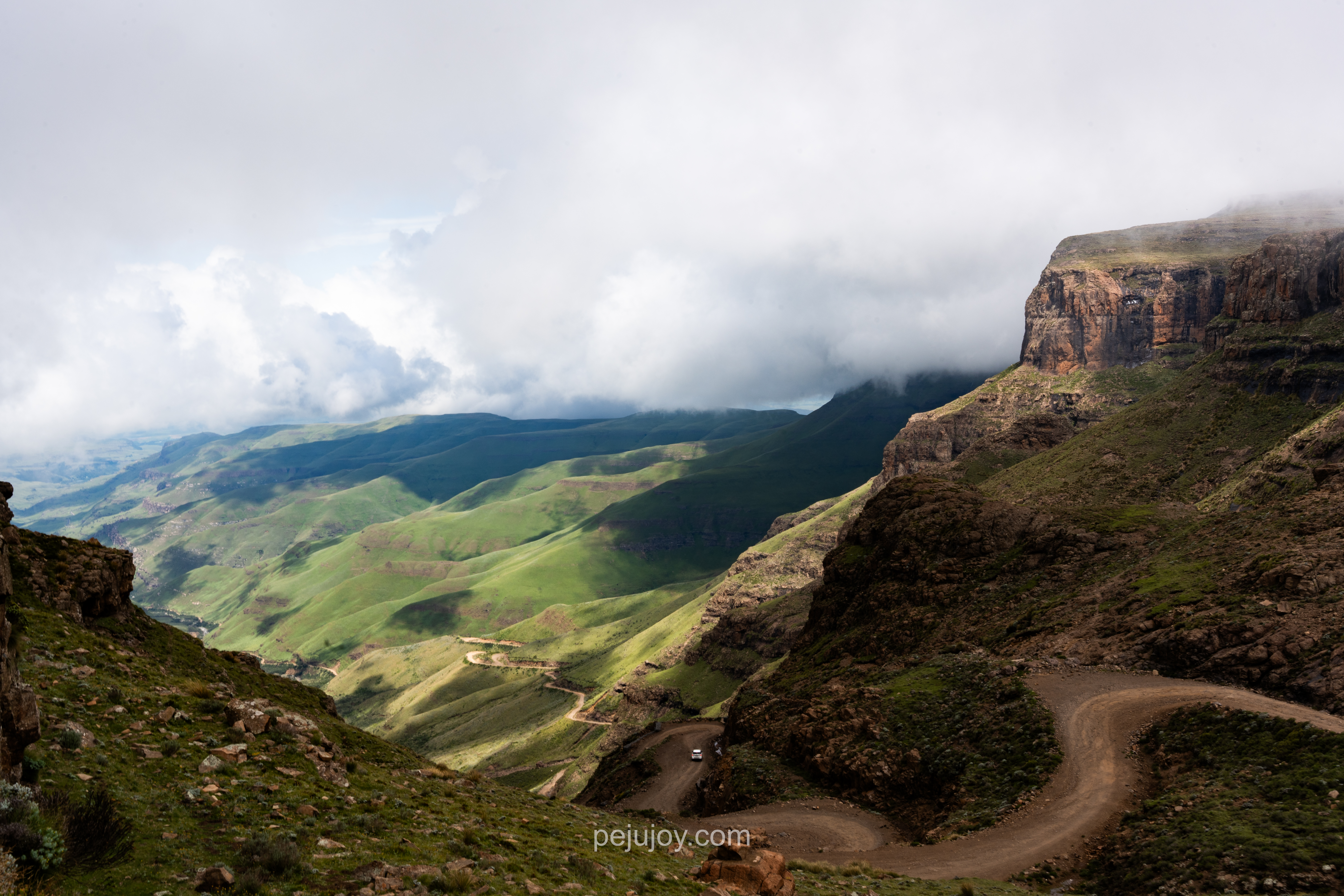
One of the things I love the most about South Africa is its culture – and especially its music. I’m a huge fan of Amapiano, a genre that blends deep house, jazz, kwaito (a South African music style), and more. Amapiano is everywhere now, but its roots can be traced back to KwaZulu-Natal, one of the South Africa’s most vibrant provinces. As an Amapiano lover, I knew I had to explore KwaZulu-Natal a bit.
♦ Durban Stopover
Durban, the largest city in KwaZulu-Natal, was the natural place to start. It has a major international airport and convenient connections from Port Elizabeth. Since I was continuing my South Africa road trip inland from the Eastern Cape, I decided to take a short flight instead of driving the entire 12-hour route along the Wild Coast. As much as I enjoy road trips, I prefer comfort over marathon drives. So I returned my rental car at Port Elizabeth Airport before flying to Durban.
I didn’t do much sightseeing in Durban itself – this stop was mainly to break the long journey and start exploring the east coast. My idea was simple: drive the western coast, then the eastern one. Durban, right in the middle, made perfect sense as a connection point. From here, St. Lucia is just a two-hour drive, making it the perfect next step for my South Africa itinerary.
♦ The Drakensberg & Sani Pass Day Trip
Since Durban is also the gateway to the Drakensberg Mountains, I could not resist booking a day trip to Sani Pass – and it turned out to be one of my best decisions. The Drakensberg is one of the most beautiful regions in South Africa, with a scenic mountain range filled with hiking trails, streams, and breathtaking valleys.
Meanwhile, the Sani Pass is a legendary 4×4 route connecting South Africa to Lesotho, climbing through steep, winding mountain roads carved into the Drakensberg. The terrain is rough, the altitude gain is massive, and the hairpin turns are no joke. Yet, the views are absolutely worth it. Standing above the clouds at the Lesotho border, you’ll find the Highest Pub in Africa, where finally I celebrated with a drink and that unbeatable mountain silence.
♦ Where to stay
I booked a two-night stay in Durban, using it as my base for the Sani Pass tour, which conveniently picked me up directly from my hotel. When the driver picked me up for the day trip, he even took the time to show me around a bit by car, pointing out the main areas of Durban.
I highly recommend staying in Umhlanga, Durban’s coastal area. It’s relaxed and offers amazing ocean views. I stayed at Ocean Vista Boutique Guest House, and it was wonderful. The owner, Snezana, is incredibly kind and welcoming, and the breakfasts – on the terrace of the hotel, with a view of the ocean – were fantastic. On the day of my Sani Pass tour, since the pickup was at dawn, she even packed a homemade breakfast to take on the road.
ST. LUCIA – 3 NIGHTS
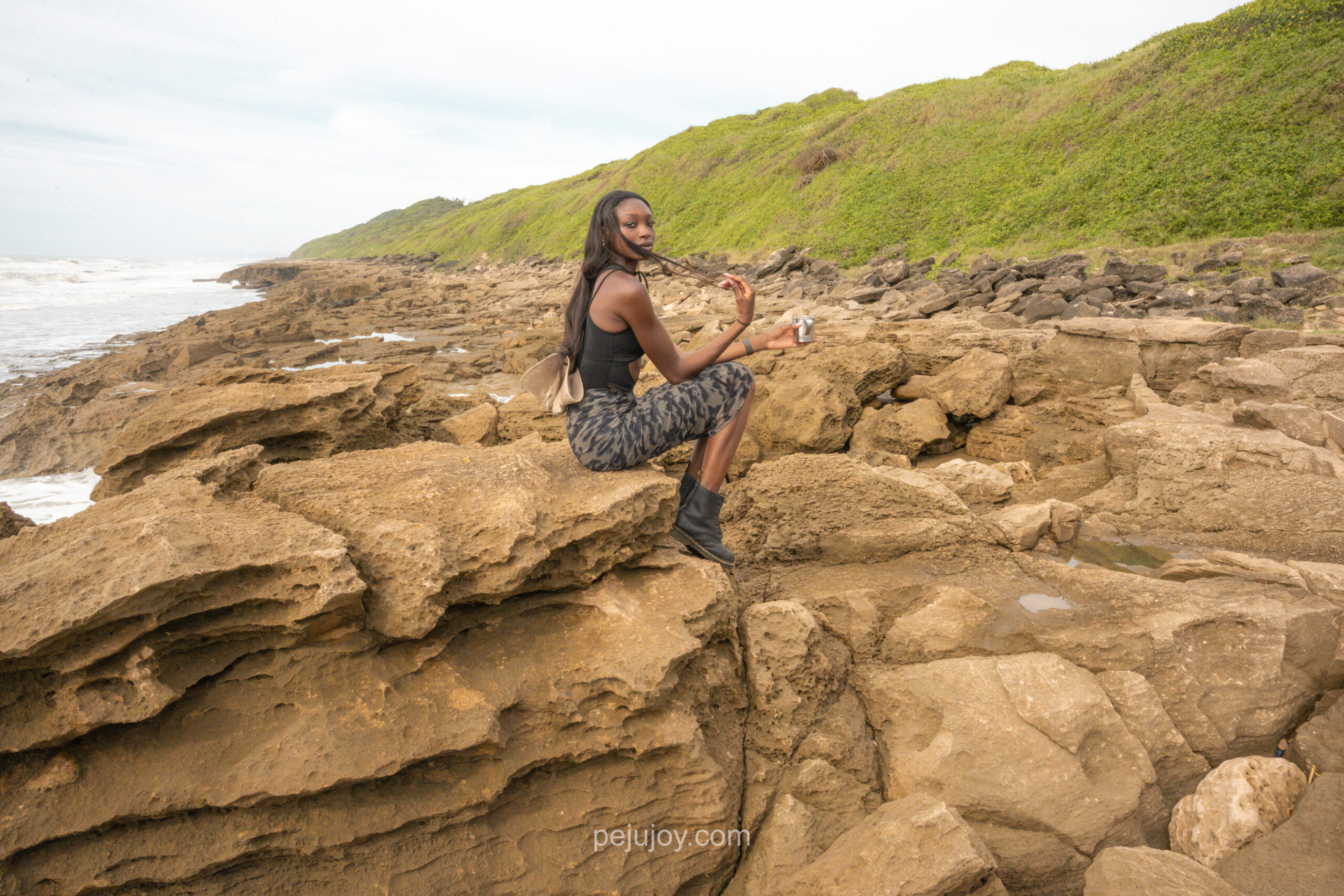
After a lovely introduction to KwaZulu-Natal in Durban and the Drakensberg, I hit the road towards st Lucia. I rented a car from Durban. St. Lucia is a small town surrounded by nature, famous for its hippos casually walking the streets at night.
♥ Why You Will Love It
St Lucia is one of those places that feels untouched yet welcoming. It has the full package: beach, wildlife, ocean activities. And everything is close by – the beach, the estuary, the town – and yet it’s full of surprises. If you are travelling solo, it’s a great spot to relax safely, meet other travellers, and enjoy nature without the chaos of big park tourism. Guess what: I met a couple from Alaska during the day trip to Sani Pass, and we met again in St. Lucia during a hippo cruise! I love this about travelling.
I dedicated a whole post to 12 Amazing Things to do in St. Lucia, South Africa – It covers everything from beach drives to night safaris. Be sure to check that out, for a better overview of St. Lucia and a full list of ideas on how you could spend your stay.
Also, don’t miss my guide about Isimangaliso Wetland Park – a true jewel of St. Lucia: Safari in iSimangaliso Wetland Park, South Africa: Everything You Need to Know
♦ Where To Stay
I loved staying at Kwalucia Private Safari Reserve. I honestly could not dream of a better stay, with amazing hosts.
Pro Tip: Hippos really do walk through town at night – always keep a safe distance.
ESWATINI – 2 NIGHTS
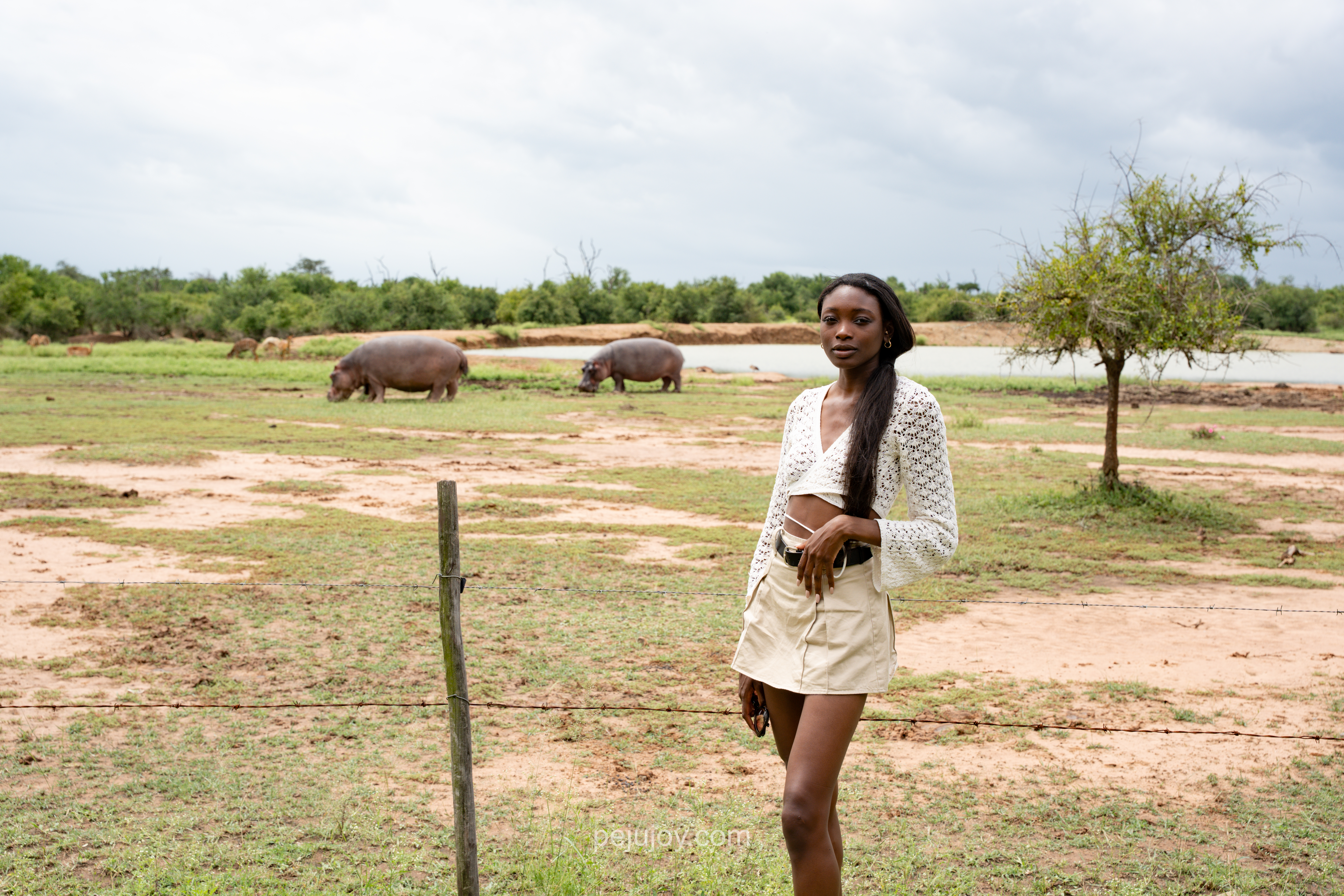
Don’t get me wrong: spending two nights in a country like Eswatini is laughable. Adding Eswatini (formerly Swaziland) to your South Africa road trip is not really about exploring the country in depth. Even though it’s small, I genuinely believe it deserves its own trip one day.
So, why include it here? Because it’s the shortest and most scenic route from St. Lucia to the Kruger National Park. You could technically stay in South Africa the whole time and drive around the western border of Eswatini, but that would add an extra three hours to your trip, with not much to see along that section. So crossing through Eswatini makes more sense: the road is shorter, smoother, and gives you a glimpse of another country.
♥ Why You Will Love It
There is not enough time in two days to experience everything Eswatini has to offer, but even a short stay gives a taste of its charm – green hills, quiet lodges, and friendly locals. I stayed inside Hlane Royal National Park. The park is compact but full of wildlife – lions, elephants, and rhinos.
The rain was pouring during the drive from St. Lucia to eswatini for a few hours after leaving St. Lucia; the roads were technically easy, but the weather made the drive a bit more complicated. Still, it added to the adventure – one of those moments that remind you that road trips don’t always go as planned and it’s part of the story. I am happy I chose this stop in Eswatini, it allowed me to see a bit of wildlife but also to rest after some intense days in St Lucia.
♦ Where To Stay
Although I don”t want to recommend the lodge where I stayed in Hlane because I didn’t enjoy the experience with the staff and organisation, it was beautiful staying in the park with the chance to have a view of rhinos who were wandering nearby.
Pro Tips:
-
Bring cash. I didn’t see any ATMs during my stay or on the road to Eswatini. In Eswatini, the currency is the Lilangeni (SZL), but the good thing is that in some places, you can also pay in South African rand. You will just receive change back in Lilangeni.
-
You will be crossing an international border. – allow some extra time for this. For me, it was quick. Have your passport ready, along with travel insurance that covers cross-border car hire. Lavumisa Border Post is the most convenient to reach Hlane.
-
Make sure you have downloaded your map or have mobile data for Eswatini. You don’t want to arrive with only a South Africa SIM card – you won’t have network coverage.
KRUGER NATIONAL PARK – 7 NIGHTS
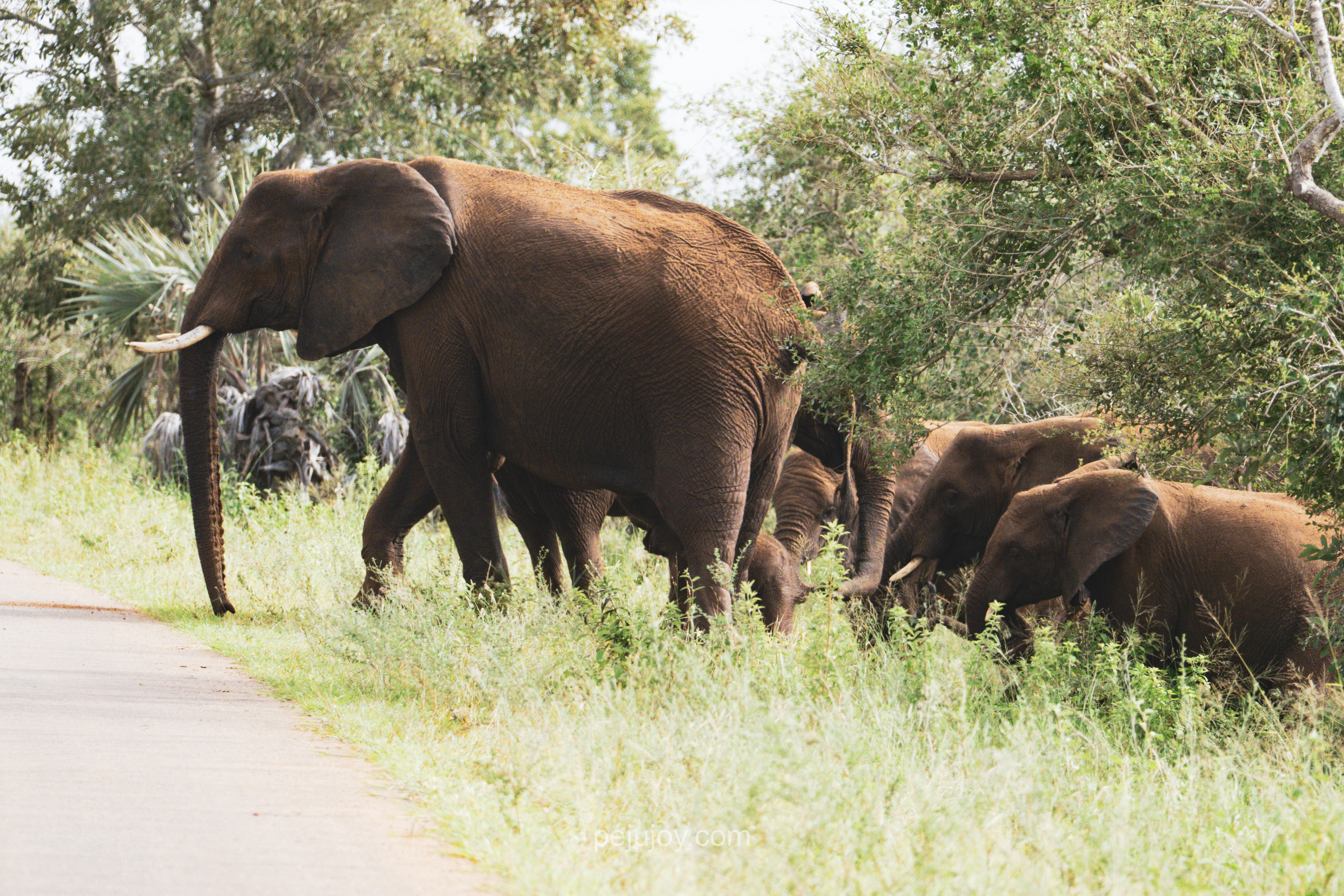
If there is one place that defines the soul of South Africa, it’s Kruger National Park. After crossing from Eswatini, I spent seven nights there – long enough to slow down and disconnect. I always make sure to add Kruger to each of my South African itineraries, and every trip there is its own experience.
♥ Why You Will Love It
Kruger is the home of the Big Five; and this park, covering nearly 20,000 square kilometres, is beyond beautiful. Bushes, ponds, wildlife, and birds – everything is amazing. The fact that you have cafés and accommodations inside the park is crazy! Every game drive in Kruger just makes you feel alive.
Kruger is about game drives, but not only! Have you heard of the Panorama Route? It’s one of South Africa’s most beautiful scenic drives, filled with waterfalls, dramatic cliffs, and mountain passes. You can easily do it as a day trip from the Kruger area or pick a few highlights to visit between safaris.
♦ Where To Stay
When visiting Kruger, I like to stay in different areas of the park. I have tried literally everything: ultra-luxury lodges, high-end lodges, self-catering lodges, and rest camps inside the park.
My advice is to try to stay inside Kruger, or as close to the gates as you can if you want to focus on safaris. You’ll get to experience magical sunrises and sunsets inside, and see the wildlife right from your lodge. There are private reserves like Sabi Sabi and Thornybush, both offering top-notch service and a truly luxurious experience. The best is to book an all-inclusive stay – they’ll help you organise everything as you wish. I loved staying at Thornybush Game Lodge, and it was an unforgettable experience – next level. Phelwana Game Lodge is also a very good option.
I loved Elephant Walk Retreat – Danielle and her grandmother run the lodge perfectly. It’s literally a 5-minute drive from Kruger’s southern entrance. The views from the lodge over the Crocodile River are to die for, especially at golden hour.
If you want to stay inside Kruger accommodations, there are rest camps like Satara or Olifants – very basic but they do the job.
Pro Tips:
Book early – Kruger accommodations and camps fill up fast.
Drive slowly inside the park – speed limits are 50 km/h.
JOHANNESBURG – 2 NIGHTS
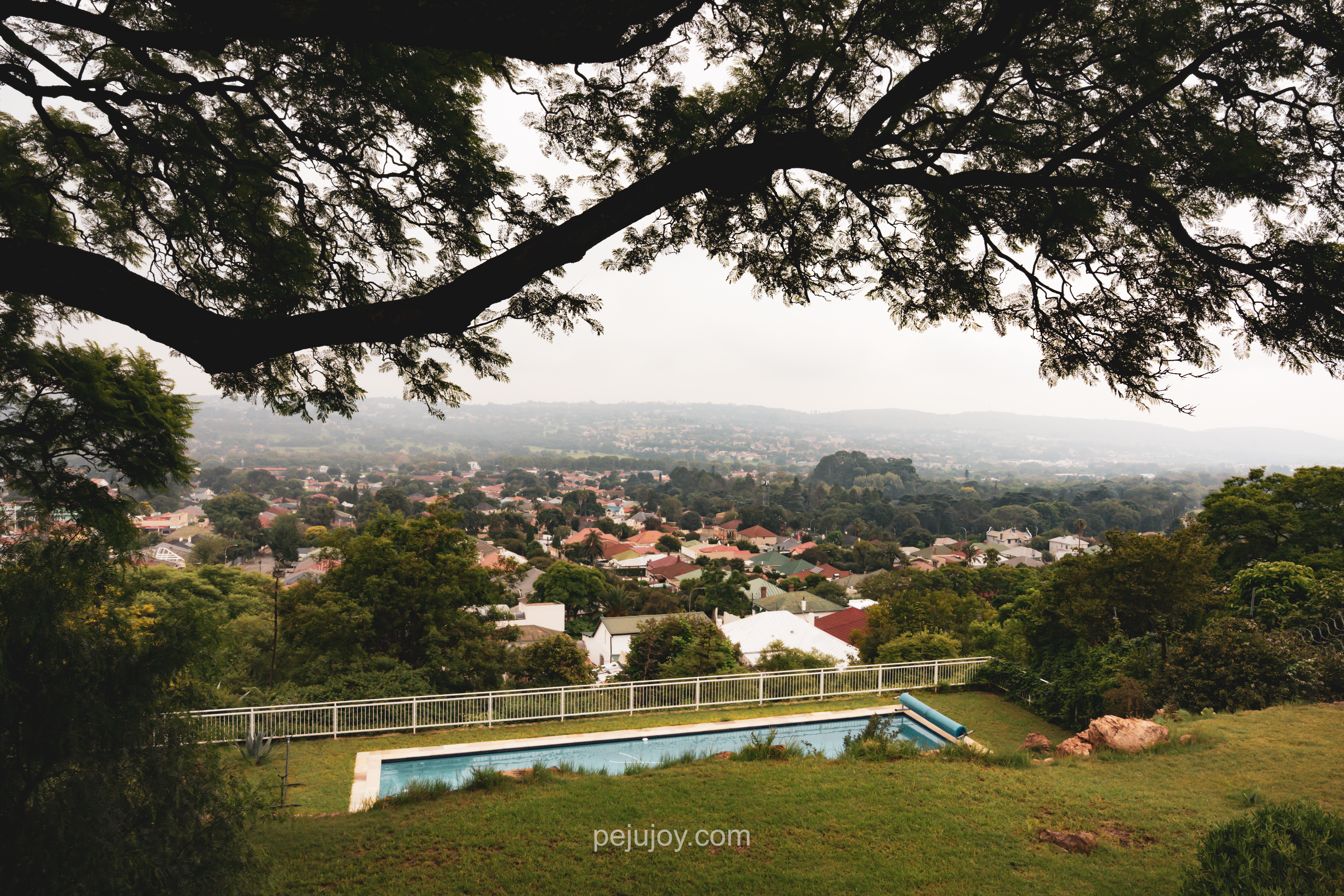
After seven incredible nights in Kruger, I wrapped up my trip by flying from Hoedspruit Airport to Johannesburg OR Tambo.
It may not be South Africa’s most beautiful – or safest – city, but Johannesburg always finds its way into any itinerary. It’s the country’s main gateway and the closest international hub to Kruger National Park, so chances are, you’ll end up here too.
On my first trip to South Africa Johannesburg, I played it safe and stayed outside of town. But on this 1 month itinerary, I decided to actually experience Jozi – and I was not disappointed. Quite the opposite, my few nights there made me realise how much I had underestimated the city.
♥ Why You Will Love It
If you’re into culture, music, food or nightlife, Johannesburg will win you over fast. Jozi is packed with creativity and there is a strong artistic pulse – think museums, open studios, street art, and creative spaces everywhere. There is a raw authenticity in Jozi’s energy and I absolutely love that.
♦ Where To StayDuring this road trip, I stayed at a French-owned boutique hotel with an incredible view over Johannesburg.
If it is your first time in Johannesburg, choose accommodation that offers transfers or airport shuttles. Uber works well within safe zones, but local advice always helps.
Avoid exploring downtown alone; book a guided tour if you’re unsure.
If you are in town on the first Thursday of the month, don’t miss First Thursdays, a city-wide evening of art, music, and open galleries.
PRACTICAL TIPS FOR YOUR 1 MONTH SOUTH AFRICA ROAD TRIP
DRIVING IN SOUTH AFRICA: EVERYTHING YOU NEED TO KNOW FOR YOUR ROADTRIP
As I’ve mentioned before, renting a car is essential for this 1 month South Africa itinerary. South Africa is made for road trippers: wide open landscapes, scenic drives, and incredible freedom to explore at your own pace.
My Car Rentals For This 1 month South Africa Itinerary
For this South Africa road trip, I rented my first car at Cape Town International Airport and drove all the way to Port Elizabeth. Later, I rented another car from Durban to Kruger National Park (Hoedspruit Airport).
For the Western Cape section, I chose a Renault Kwid C – perfect for a solo traveller, with enough space for one big suitcase and a carry-on. However, this small car isn’t very powerful, and I struggled a bit on the hills during the first leg of the Garden Route drive from Cape Town to Mossel Bay. For the rest of the Western Cape, it did the job just fine.
For the KwaZulu-Natal and Kruger sections, I opted for a 4×4. You should definitely go for this option, or consider an SUV. You’ll appreciate the extra comfort, especially when driving on uneven or rural roads, or if you want to drive safely in the national parks.
Car Rental Requirements
To rent a car in South Africa, you’ll obviously need a valid driving licence, but also an embossed credit card in your name for the deposit. If you plan to drive by yourself into Lesotho or pass through Eswatini, inform the car hire office when booking. They’ll prepare the necessary cross-border paperwork (there’s usually a small additional fee for that option).
Getting Around Cities
For getting around cities like Johannesburg, Durban, and Cape Town, Uber is the most practical and safest option. It’s affordable and easy to use.
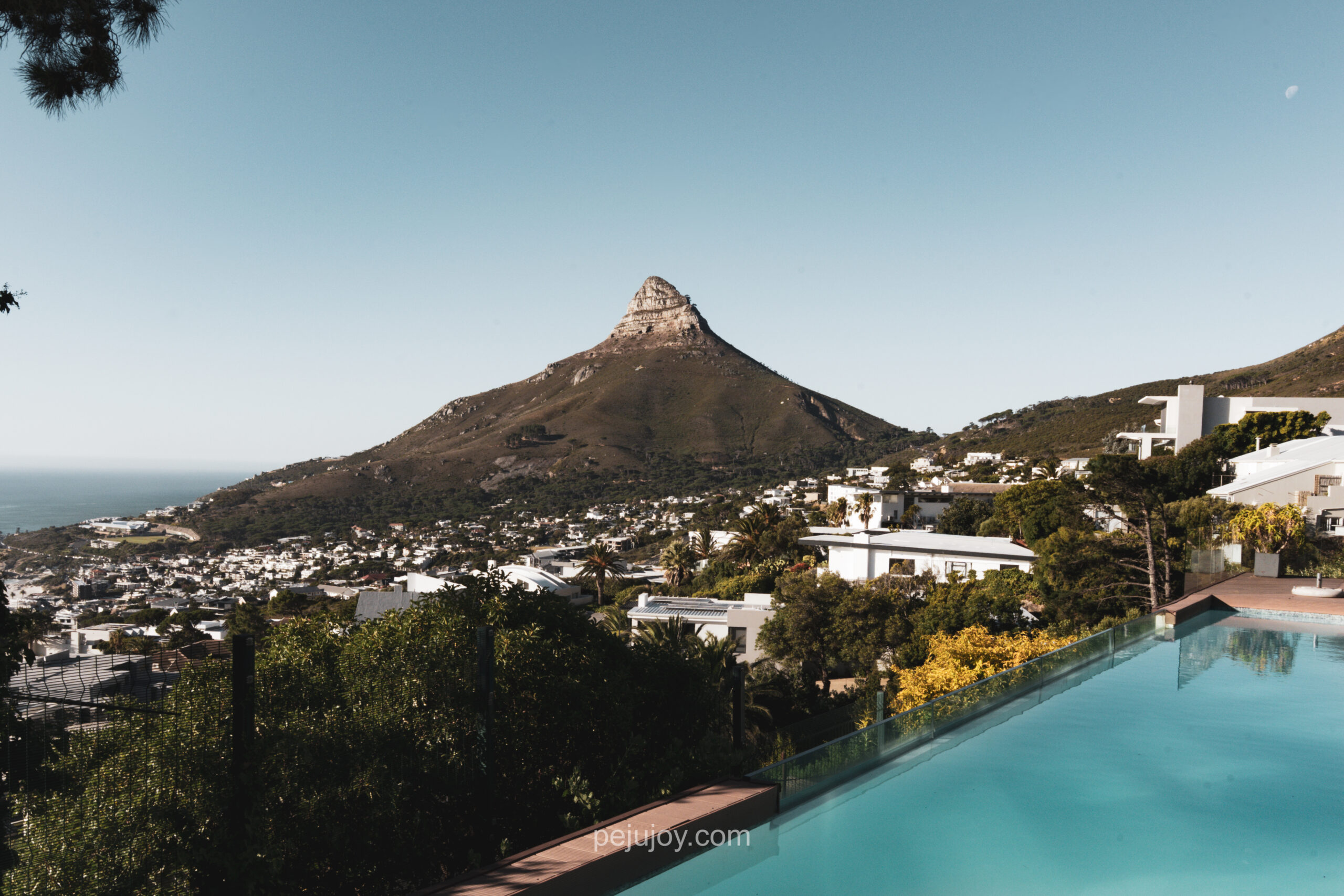
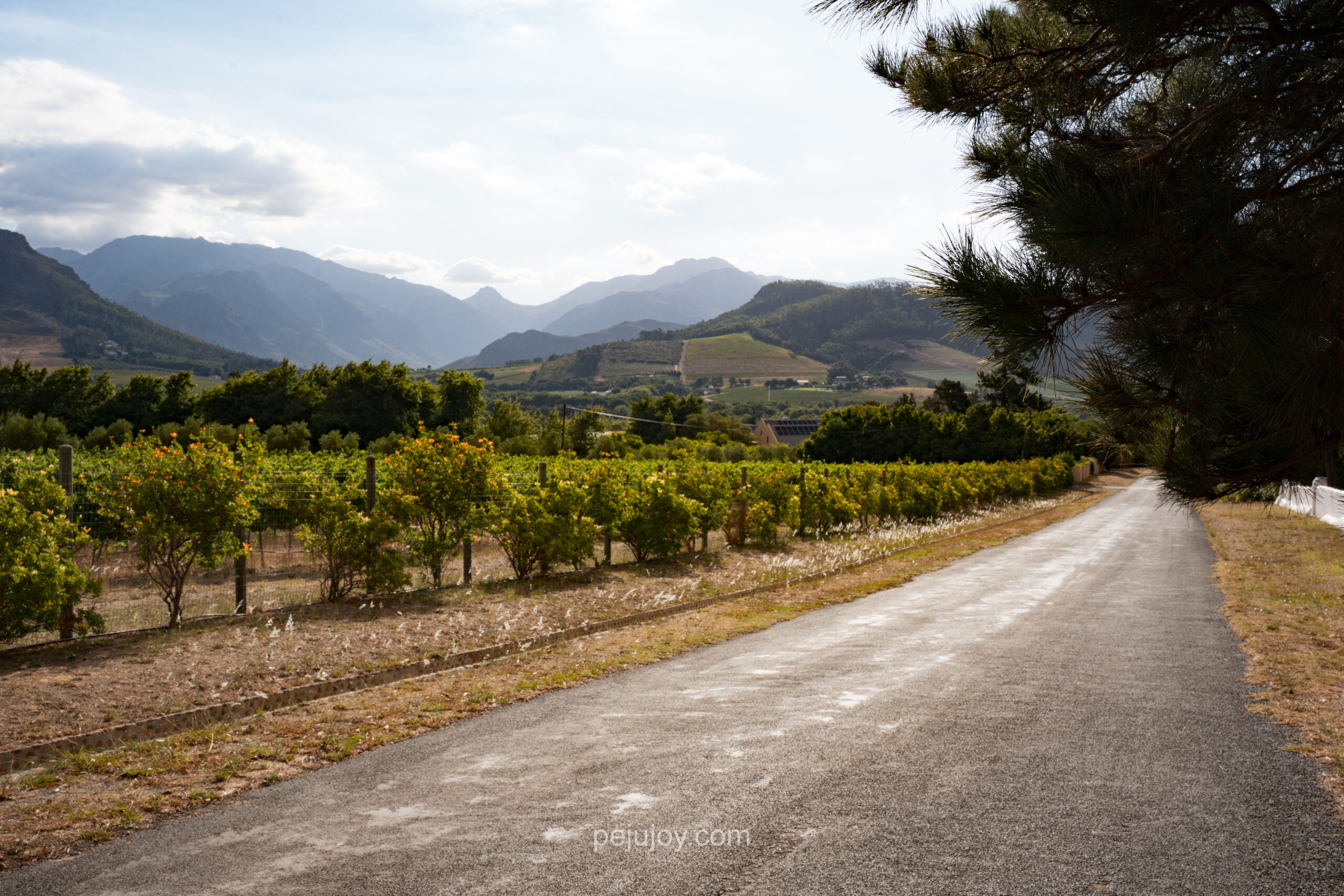
ESSENTIAL SOUTH AFRICA DRIVING TIPS
Here are my key tips to make your 1 month South Africa road trip smooth and stress-free:
♦ Drive on the left: in South Africa, traffic drives on the left-hand side. It takes a few minutes to get used to, but you’ll adapt quickly.
♦ Use Waze: in my opinion, it worked better in South Africa. Plus, it tells when you are approaching a speed camera.
♦ Refuel When You Can: fuel stations are generally available, but some stretches – especially near national parks – have limited options.
♦ Allow Extra Time: driving times in South Africa can vary a lot. Even though most of the roads are in good condition, you might face roadworks, potholes, rain, or animal crossings. Leave room in your schedule to enjoy the scenery or stop spontaneously – that’s part of the magic of a South Africa self-drive itinerary.
♦Don’t Drive at Night: roads are rarely lit, often unfenced, and animals may wander onto the road.
♦ Always Carry Some Cash: South Africa is mostly card-friendly, but small petrol stations or local shops in rural areas may not accept cards, or connections may be weak.
♦ Learn the Local Passing Etiquette: South African drivers are polite! When a vehicle is driving slowly, they’ll usually move onto the shoulder to let pass. After passing them, the other driver who passes the car usually replies with flashing the hazard lights to say ‘thank you’ – it’s a lovely little road ritual.
♦ Watch for Minibuses: most South African drivers are courteous, but minibus taxis (white vans with colours of the South African flag) can be unpredictable – expect some fast moves or lane changes.
SAFETY & COMMON SENSE
South Africa gets an unfair reputation for safety – use common sense, just like in any big country. Don’t walk alone in quiet areas (day or night!), and avoid leaving valuables in your car. Locals are usually kind and happy to help.
PAYMENTS
Cards are accepted almost everywhere, and cash is needed mainly for tips. Tipping is common in South Africa: at least 10% in restaurants, small change for petrol attendants and bag helpers.
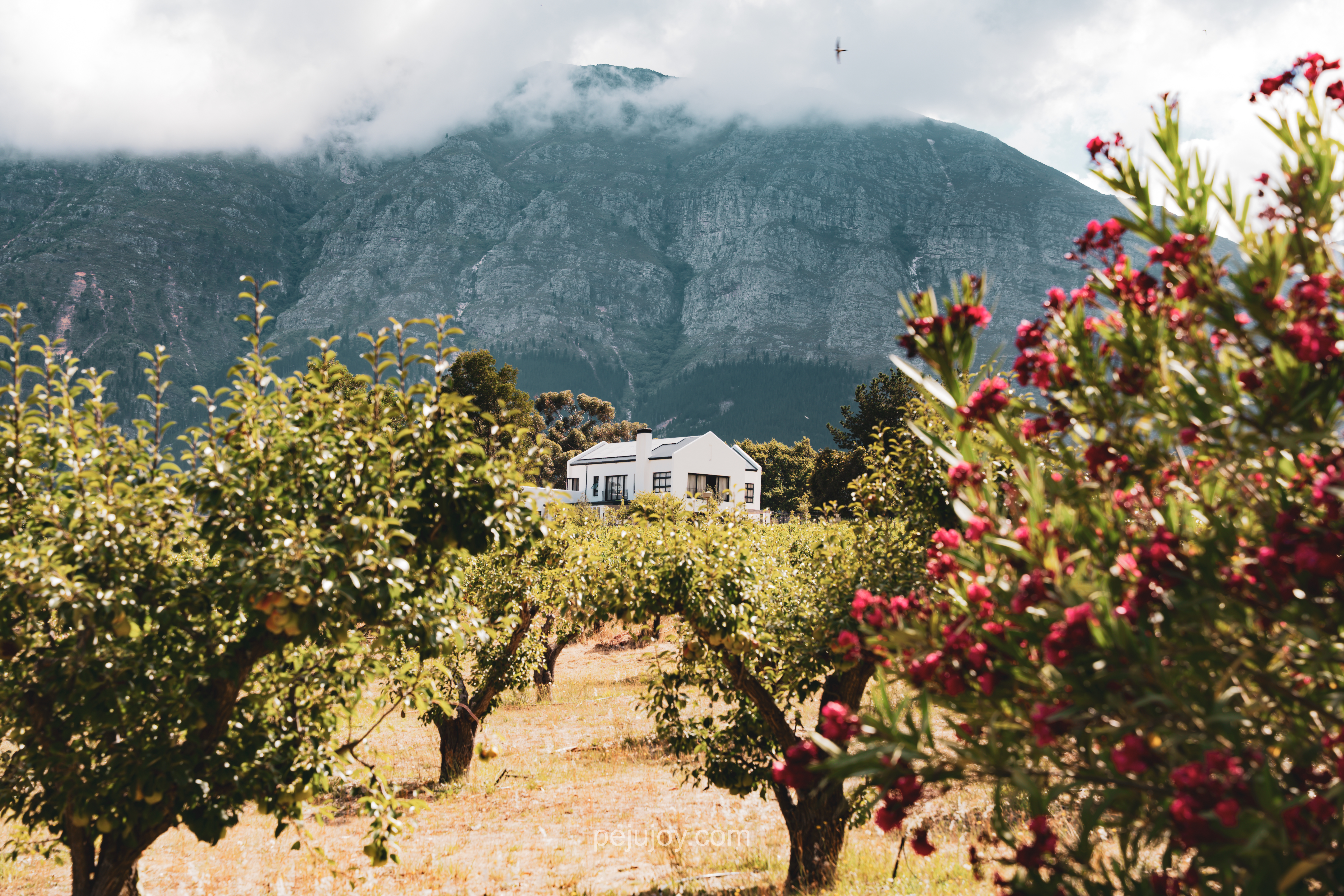
I did manage to squeeze everything I want to see during this 1 month South Africa road trip. Still, here’s so much more to see. Each region felt unique, and every drive showed a different side of the country. As I fell in love with South Africa, I know I’ll keep coming back – revisiting old favorites and adding new ones.
DID YOU LIKE THIS ARTICLE?
Don’t hesitate to share it ♥ Thank you ✨
Or leave a comment!
Whether you have questions about iSimangaliso, visiting St. Lucia, or you’d like to share your own experience, I’d be happy to chat with you ✨
WANT TO FIND THIS ARTICLE EASILY?
Save it on Pinterest!
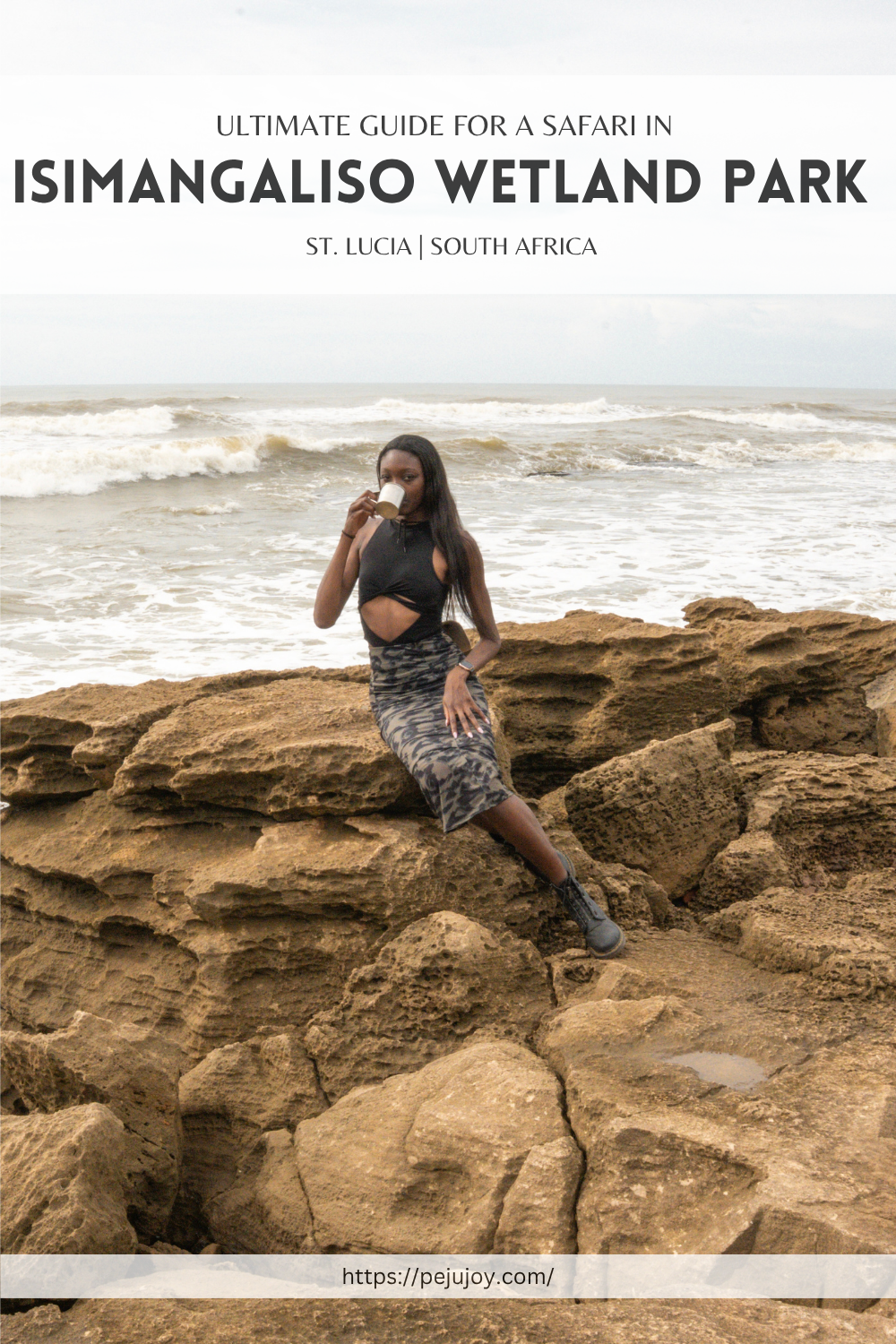
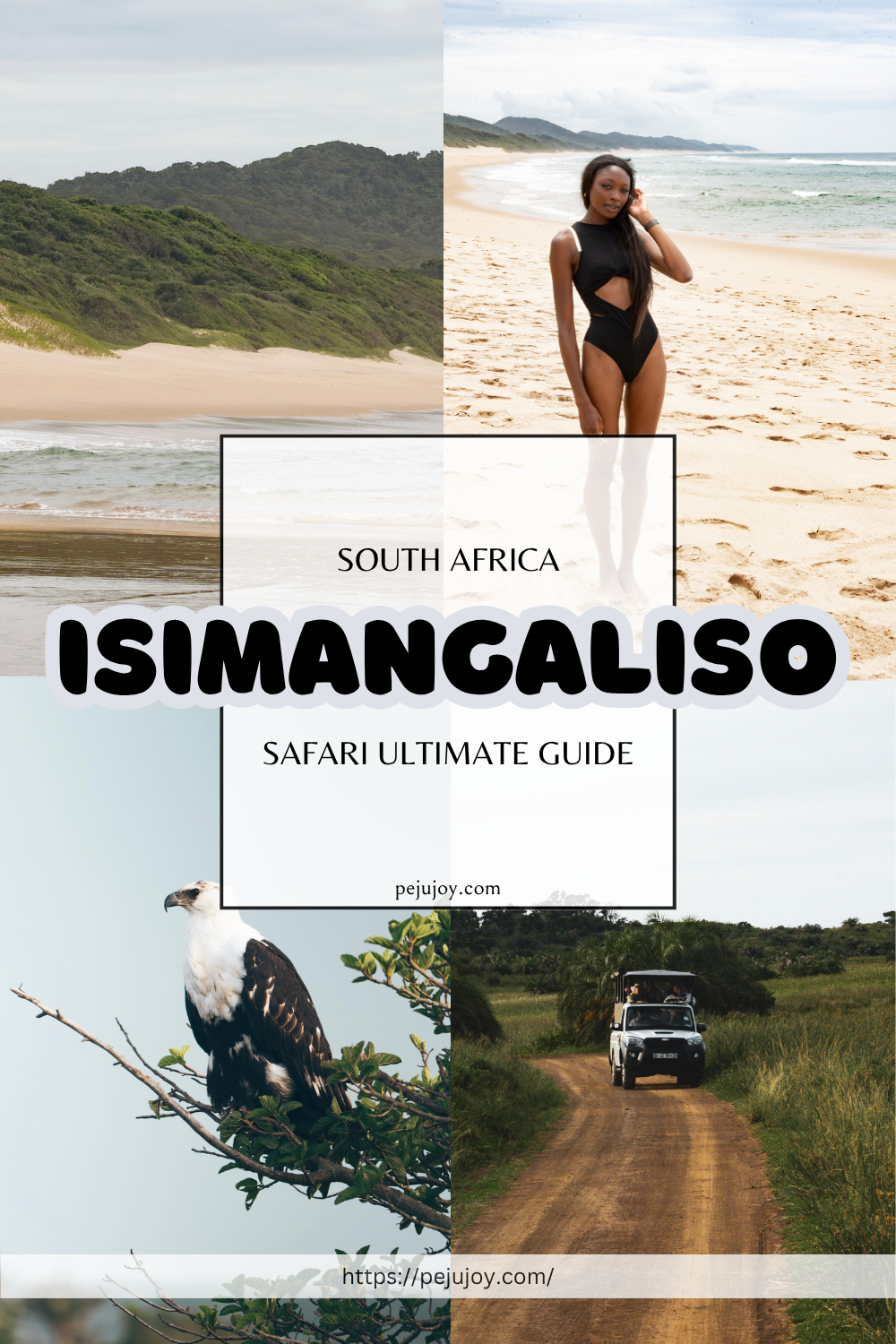
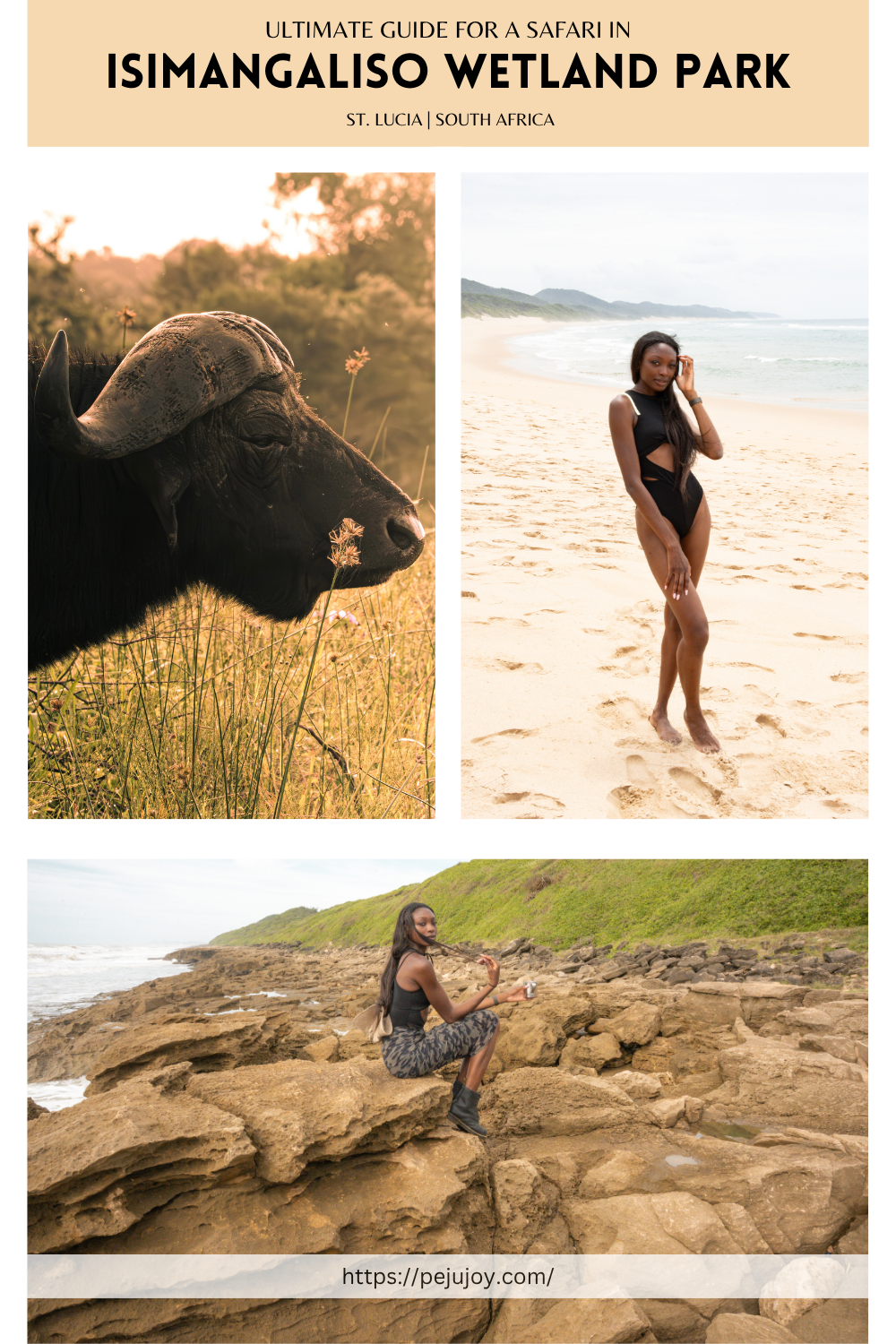
EXPLORE MORE
Related articles you might like & find interesting
THERE IS IS MUCH TO ZRITE ABOUT SOUTH AFFICA! FIND ALL MY ARTICLS ABOU THIS AMAZING COUNTRY @PEJU_JOY ♥
